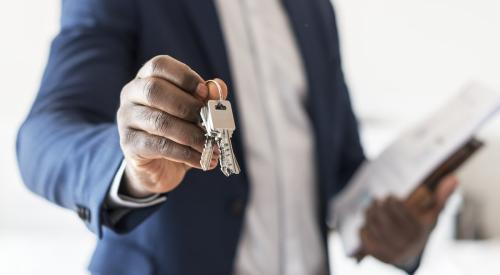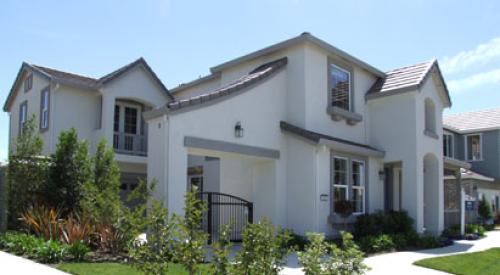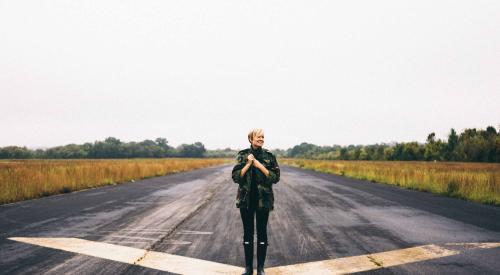After struggling to regain its footing post-Great Recession, the black homeownership rate surged 3.4 percentage points in the last two quarters of 2019 to reach 44 percent—the highest since 2012. This is especially good news since people of color were hit the hardest after the Great Recession. From the early 1900s to 2007, the black homeownership rate climbed to over 46 percent. Then, the Great Recession knocked that rate back nearly 40 years. And though the rate continues to recover, the effects of discriminatory housing policies still affect minority communities: 76 percent of buyers of color are denied a mortgage at least once before approval, compared to only 15 percent of white buyers.
The U.S. black homeownership rate surged at the end of the 2010s, and black homeownership was higher by 2018 than its mid-decade average in a majority of the country’s large metro areas.
According to the most recent Q4 2019 Housing Vacancy Survey, the black homeownership rate surged 3.4 percentage points in the last two quarters of 2019, to 44 percent – a level largely in line with historic norms, but one not previously broached since 2012. The recent uptick is an encouraging sign that black homebuyers are increasingly succeeding in getting their slice of the American dream after decades of fitful progress.
Data from the decennial census shows the black homeownership rate rising from 20.5% in 1900 to 41.6% by 1970 – a gain of 21.1 percentage points. This gain exceeded the 17.1 percentage point jump in non-black homeownership over the same span, and indicates that black households were becoming relatively more able to share in the national wealth through the middle and latter stages of the 20th century. The black homeownership rate continued to rise into the 1980s and 1990s, peaking at more than 46% in 2007, the eve of the Great Recession.













